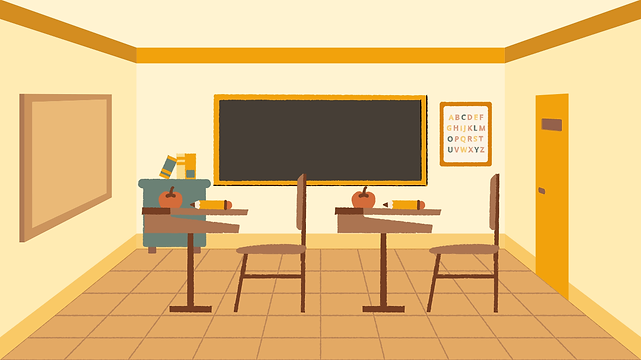top of page
How to Address Learning Disabilities in the Classroom
Teacher Resources

How to Address Learning Disabilities in the Classroom
As an experienced teacher, I've seen firsthand how learning disabilities can impact a child's ability to learn and thrive in the classroom. It's important to remember that every student is unique, and their needs are different. The key is to create a learning environment that's inclusive and supportive for all. Here are some ideas inspired by books and research that I've found helpful over the years.
50 Ideas to Address Learning Disabilities in the Classroom
1. Universal Design for Learning (UDL)
- Multiple Means of Representation: Give information in different ways (like reading, listening, watching videos, and doing things).
- Multiple Means of Engagement: Change up activities and give students choices so they can learn in ways that work for them.
- Multiple Means of Action & Expression: Let students show what they know in different ways (like talking, drawing, writing, or making projects).
2. Differentiated Instruction
- Tiered Assignments: Make tasks that are easier or harder depending on the student's learning level.
- Learning Contracts: Work with students to create personalized learning plans with goals and deadlines.
- Flexible Grouping: Put students in groups based on their skills, interests, or learning styles so they get the support they need.
3. Assistive Technology
- Text-to-Speech Software: Helps students with reading difficulties understand what they're reading.
- Speech-to-Text Software: Helps students who have trouble writing to express their ideas.
- Graphic Organizers and Mind Mapping Tools: Make it easier for students to understand information, organize their thoughts, and plan their work.
4. Direct Instruction & Explicit Teaching
- Clear Learning Objectives: Tell students what they'll learn at the beginning of every lesson.
- Modeling and Guided Practice: Show students how to do something and then give them help while they practice.
- Immediate Feedback and Corrective Instruction: Give students feedback right away and help them fix any mistakes.
5. Strategies for Specific Learning Disabilities
Dyslexia:
- Multisensory Learning: Use sight, sound, and touch to help students learn how to read and spell.
- Phonics Instruction: Teach students how sounds and letters work together.
- Color Coding: Use different colors to help students see patterns in words.
Dysgraphia:
- Adaptive Writing Tools: Use special pencils, paper, or tools to make writing easier.
- Typing & Word Processing: Encourage students to use computers to write.
- Graphic Organizers: Help students organize their thoughts before they write.
Dyscalculia:
- Manipulatives and Concrete Materials: Use blocks, counters, or other objects to help students understand math concepts.
- Real-Life Applications: Connect math concepts to everyday things to make them more meaningful.
- Fact Fluency Practice: Give students lots of opportunities to practice and memorize math facts.
ADHD:
- Structured Environment: Create a classroom with a predictable schedule and clear rules to minimize distractions.
- Frequent Breaks and Movement Opportunities: Give students short breaks or opportunities to move around to help them focus.
- Positive Reinforcement: Use praise and rewards to motivate students and encourage good behavior.
Executive Functioning Challenges:
- Chunking & Time Management Strategies: Break down big tasks into smaller steps and teach students how to manage their time.
- Organizational Tools: Provide checklists, planners, or color-coded folders to help students stay organized.
- Self-Monitoring Strategies: Teach students how to track their progress and make changes when needed.
6. Collaboration and Communication
- Regular Communication with Parents: Share information about how the student is doing and work together to find solutions.
- Team Teaching with Special Education Professionals: Work together to provide individualized support and interventions.
- Student Advocacy: Encourage students to speak up for themselves and be involved in their own education.
7. Positive Learning Environment
- Growth Mindset: Encourage students to believe that they can learn and improve with effort.
- Positive Relationships: Create a safe and supportive classroom where everyone feels like they belong.
- Celebrate Strengths: Recognize and celebrate each student's unique talents and abilities.
Resources:
- National Center for Learning Disabilities (NCLD): https://www.ncld.org/
- Learning Disabilities Association of America (LDA): https://ldaamerica.org/
- International Dyslexia Association (IDA): https://dyslexiaida.org/
Note: This list is a starting point. Every student's needs are different, so it's important to work with parents, specialists, and the student to create a personalized plan that meets their unique goals and needs.
bottom of page